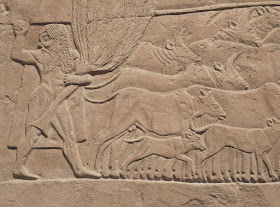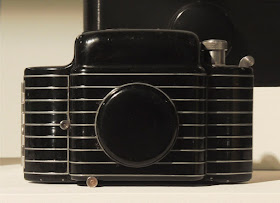 |
| Ballade |
I wasn't going to do a tulip post this year; after all, 6 posts from 2010-2015 seemed enough. But then I saw this tulip, a lily-flowered variety I've never grown before; it was such a beauty, with its white-edged purplish pink petals that it insisted on being photographed and shared. Ballade is stunning when young and only the tips of its petals are out-curved....
 |
| Ballade, with Blinky the cat |
....and also beautiful when more mature and open.
 |
| Passionale |
Each fall I plant several varieties of tulips for cutting, usually choosing ones I haven't grown before. Passionale has a more traditional cup-like tulip shape, with a deep rich violet color.
 |
| Shirley |
When Shirley is young, her shape and color remind me of pursed lips. In the catalog, this tulip is described as changing from day to day as the pink edge spreads. I didn't see this with the cut flowers in my house....
 |
| Shirley, later |
....but I left one in the garden and the pink did indeed suffuse the entire flower as it aged.
 |
| Washington |
This tulip is known as a "Rembrandt-type" because of its flamed petals. Tulips similar to this were at the heart of the tulip mania in 17th century Holland.
 |
| Washington, with Poppy the cat |
I love having tulips all over the house in spring.
 |
| Menton |
Menton is such a classic, stately flower that I grow it almost every year. Its colors subtly shift from pinkish to orangish.
 |
| Charming Beauty |
Double, or peony-flowered tulips are gorgeously extravagant. This variety has wonderfully varied colors in its petals, glowing like a sunset.
 |
| Virichic |
Lastly, here is a viridiflora tulip: tulips that have a green stripe running up the center of their petals. The green is in wonderful contrast with the pink in the petals, petals which are expressively narrow.
 |
| Passionale, dried |
Even when they are dead, some tulips are still beautiful: instead of the petals falling they dry in shapes that are like expressive dances. Spring is moving on, from daffodils to tulips, and now to lilacs; each is a great pleasure in its own way, but for me, tulips are a new adventure every year.

































